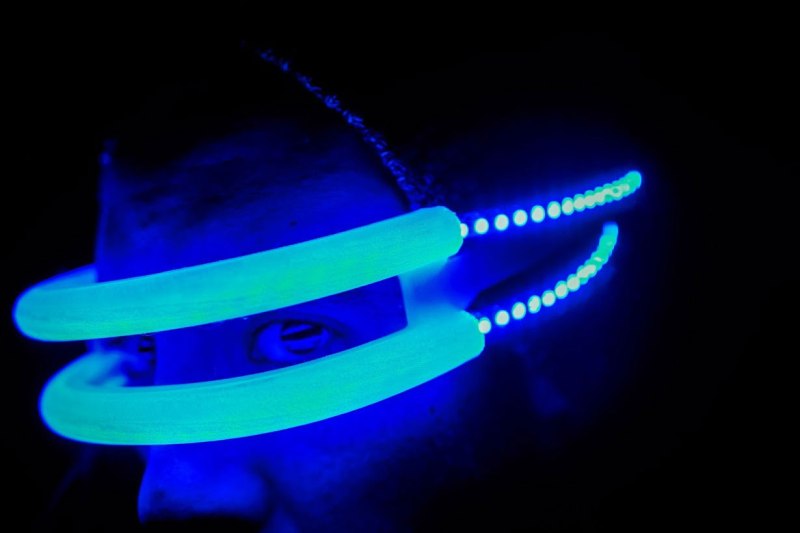A strip of LEDs may be a simple and flexible way to add light to a project, but they don’t always look natural. There is an easy way to make them look better, though: add a diffuser. That’s what [Nate Damen] did using a 3D printer. He created a diffuser using PETG giving a standard string of LEDs a softer and more natural look that makes them look more like older light sources such as fluorescent strips or EL wire, but with the flexible colors of LEDs. The PETG material he used has a naturally somewhat cloudy look, so it acts as a diffuser without needing any extra treatment.
The diffuser that [Nate] is offering is designed to work with 7mm wide, 144 LEDs per meter LED strips, but he happily admits that it’s just a starting point: it wouldn’t be difficult to adapt the diffuser for different shapes or types of LEDs. His experiments show that the internal geometry of the diffuser has the biggest impact on the final look, because that controls how the light is reflected and spread inside the diffuser. He did this as part of his ATLTVHEAD project, a wearable display made out of the frame of an old portable TV set. By using these 3D printed diffusers on the LED strips that are mounted behind the screen, he creates something that looks much more like a TV set with a softer, more diffused look.















I’ve been reading hackaday for a few years now and I am still trapped in the matrix, when will this site help me exit? A storm is coming, we all need to leave, now!……..
I’ll take 2 of what he took plz
Made a diffuser back a ways to use a SMD LED as a diffuse straw hat. This reminds me I should post the design up.
This type of LED ‘strip’ has been on the market for around 10 years – it comes in three widths and many colours.
I have a part time business, in SaiGon, VietNam, adding these glow strips to headlights, mirrors, and seat surrounds.
Nothing new ^^ it s long time i use transparent filament to make led diffuser
OK, but did you write it up and make a video so others could see how it’s done?
Putting LEDs near the eyes seems to be a thing at the moment, go and read up on what blue light may do to retinal cells before you start such a project.
So, use addressable RGB LEDs, and only illuminate the blue chip in the ones that are out of sight for the wearer.
Have a light fixture that’s basically an LED edge-lit plastic square, frosted on the flat side, all mounted into a metal plate.
Not meaning to make light of the work, no pun intended, but wouldn’t it be easier to use readily available polyethylene tubing in most cases? At least here in the U.S. pretty much every hardware store sells it for less than $1 per foot, depending on diameter required.
Are the diffusion geometries really so variable that purpose built diffusers are necessary? Obviously I’ve never mixed and matched by that comment.
I suppose it’s fortunate that no one would really want to use it for very long, because I’m pretty sure that heat buildup is going to significantly shorten the life of those LEDs.